Walking History of Tainan--The Historical Traces of the City
Some people say that Tainan is like Osaka, a commercial city born from a canal, and some people say that Tainan is like Kyoto, with many historical aftertastes. I think Tainan is also very similar to Rome. If you cut it vertically or horizontally, there will be relics and scenery of different eras.
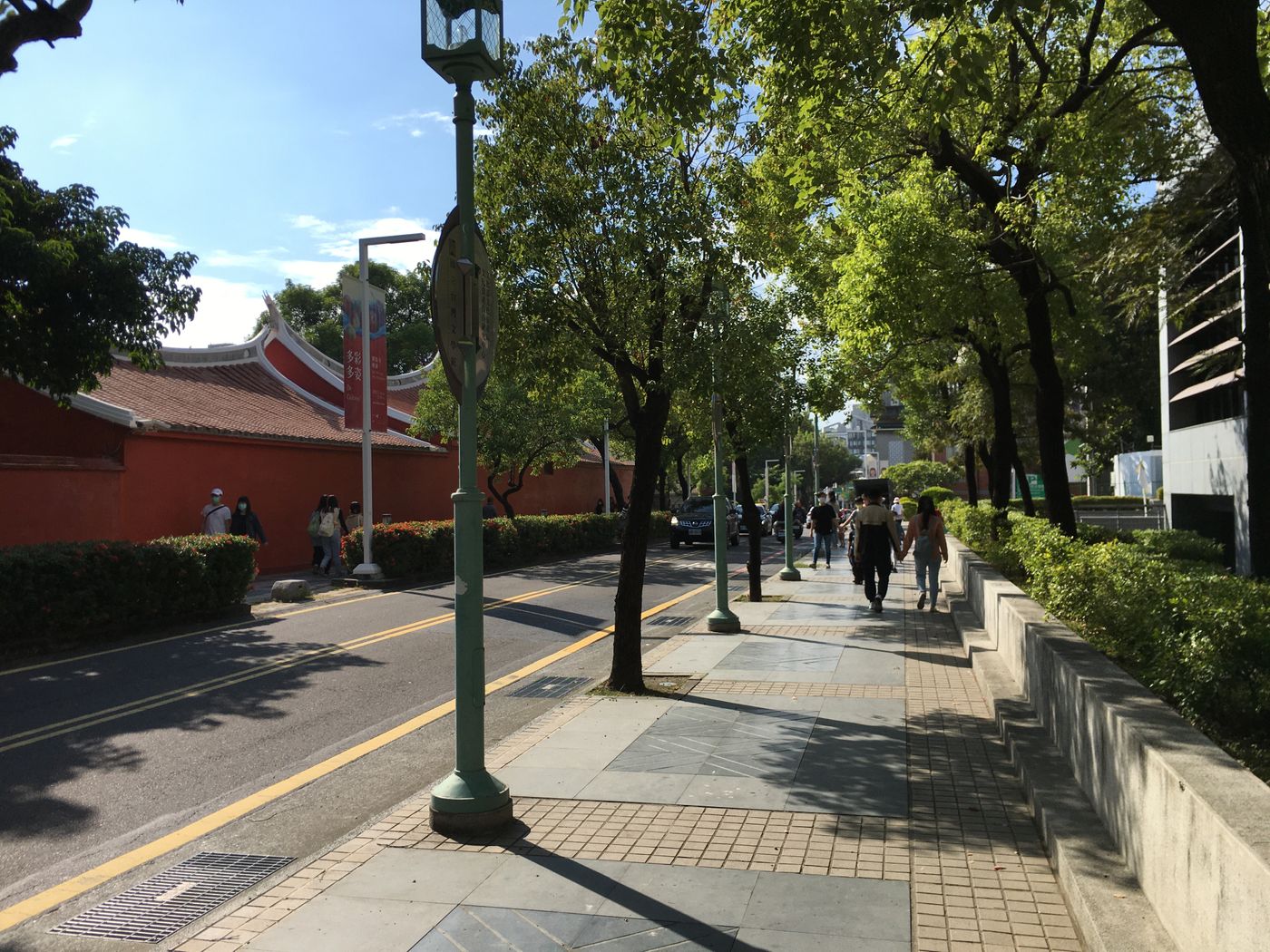
The book "Walking Tainan Envoy" describes the traces of the city's history through the action of "walking". Therefore, the [slope] of the prefectural city, which can only be experienced when walking, is also recorded in this book. Go south from the coal lane of Minzu Road, a street left over from the Qing Dynasty, you can clearly feel the rising slope, and go all the way to Ying Cuisine next to the Meteorological Bureau.
From the Dutch period, the Qing Dynasty, the Japanese period, to the post-war Nationalist government, different cultures and different living atmospheres are covered layer by layer in the same space. Occasionally glanced into the alley, as if entering the tunnel of time and space travel, and was instantly taken back to the past time and space.
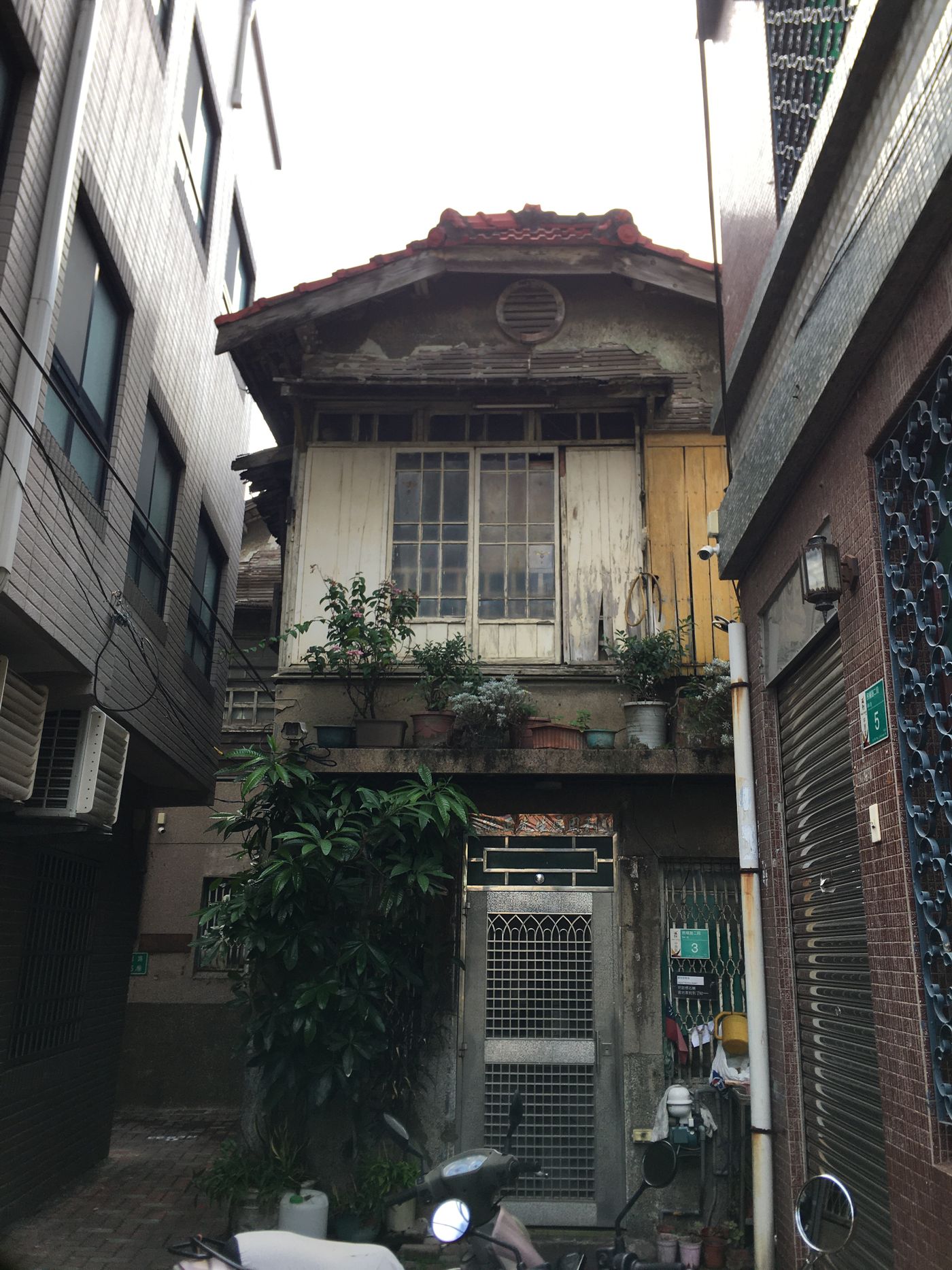
Walking on the streets of Tainan means walking through many stories. The State Guest Building in front of the train station, Japan Times is the Tainan Newspaper Office, and there is a photo of Japan Times Nan Ernv (Tainan No. 2 High School for Girls) parade, just passing this building. In front of beautiful buildings.
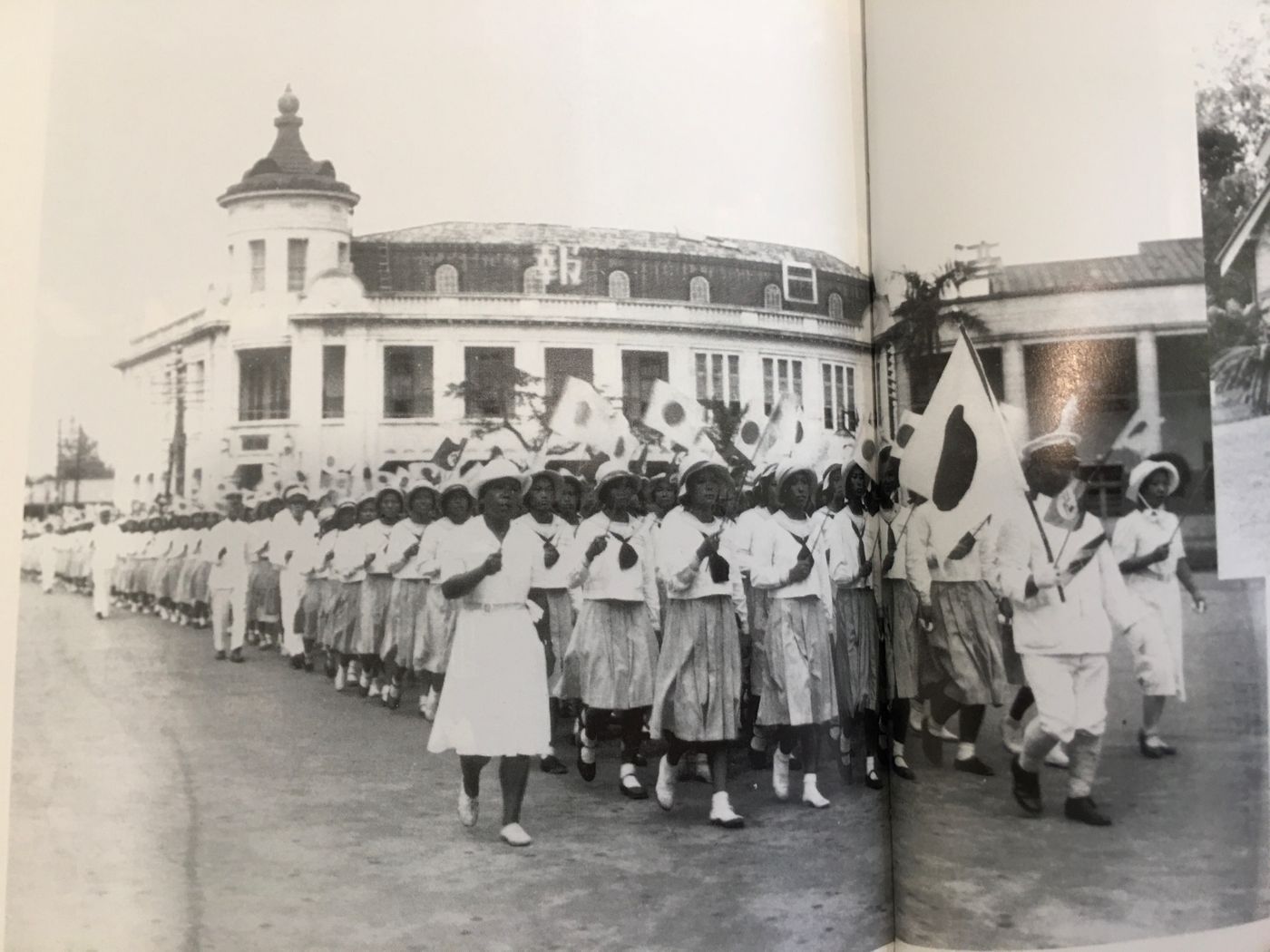
The place where Tainan New Newspaper is located was the property of a Taiwanese tycoon Chen Ziyong in the Qing Dynasty. Chen Ziyong's ancestor was Zheng Chenggong's subordinate, and his hometown was Beizidian in Shanhua, Tainan. It is said that in the Qing Dynasty, almost all the land from Tainan to Shanhua belonged to the Chen family. Chen Ziyong turned his property into the anti-Japanese campaign and fled to Xiamen, China after his failure. Later, he returned to Shanhua, but he was unwilling to change to Japanese nationality for the rest of his life.
The Tainan Newspaper Office became one of the Kuomintang's properties after the war. The following photo should be taken shortly after the war.
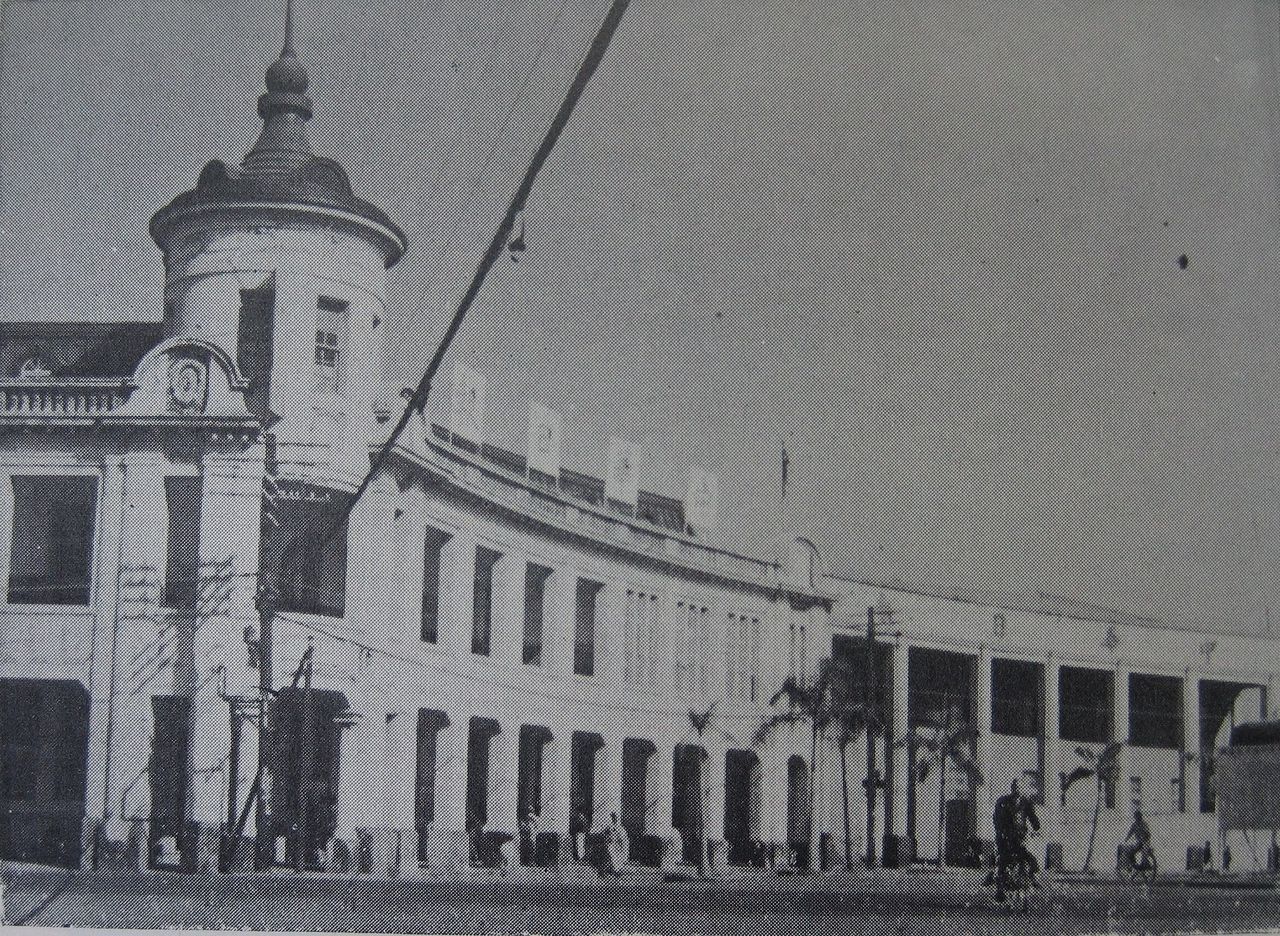
The change of regime brought shocks. Among the female students of the second high school who waved the Japanese flag in front of the Tainan New Daily, there was a girl named Ding Yaoxiao, who was a good student with excellent grades.
Ding Yaoyao graduated from the second high school girl in 1945. She should be a girl with her own ideas. Maybe she is too outspoken. She met a boy named Guo Zhenchun, who is from Tainan like her. The boy shares her many ideals and dreams of devoting himself to building a more just and better society. They met in prison a few years later. It was a period of white terror, and many people were imprisoned and shot for Luo Zhi's charges. When they met again, the girl was married with a three-year-old daughter who was born in prison.
I'm thinking for a boy, that's the girl he really loves and cherishes. Precisely because it is the girl he loves and cherishes, he decides to leave when he joins the social movement to avoid putting her in danger. But when they meet again, the girl is behind bars for political injustice. She said her case was not optimistic and she could be shot. She left him a lock of hair and a farewell letter as a souvenir.
What the girl misses in prison is her high school years. It was the most carefree and best time of her life. Maybe she once said to the boy that if she could, she really wanted to stay at that time forever, so after the boy was released from prison, he took this bundle of hair left by the girl and buried it under the school tree that the girl missed.
The school where the boy recalls the girl is actually not the place where the girl originally studied. The second high school girl in the Japanese era was the seat of Zhongshan National Middle School after the war. There is the school that girls miss.
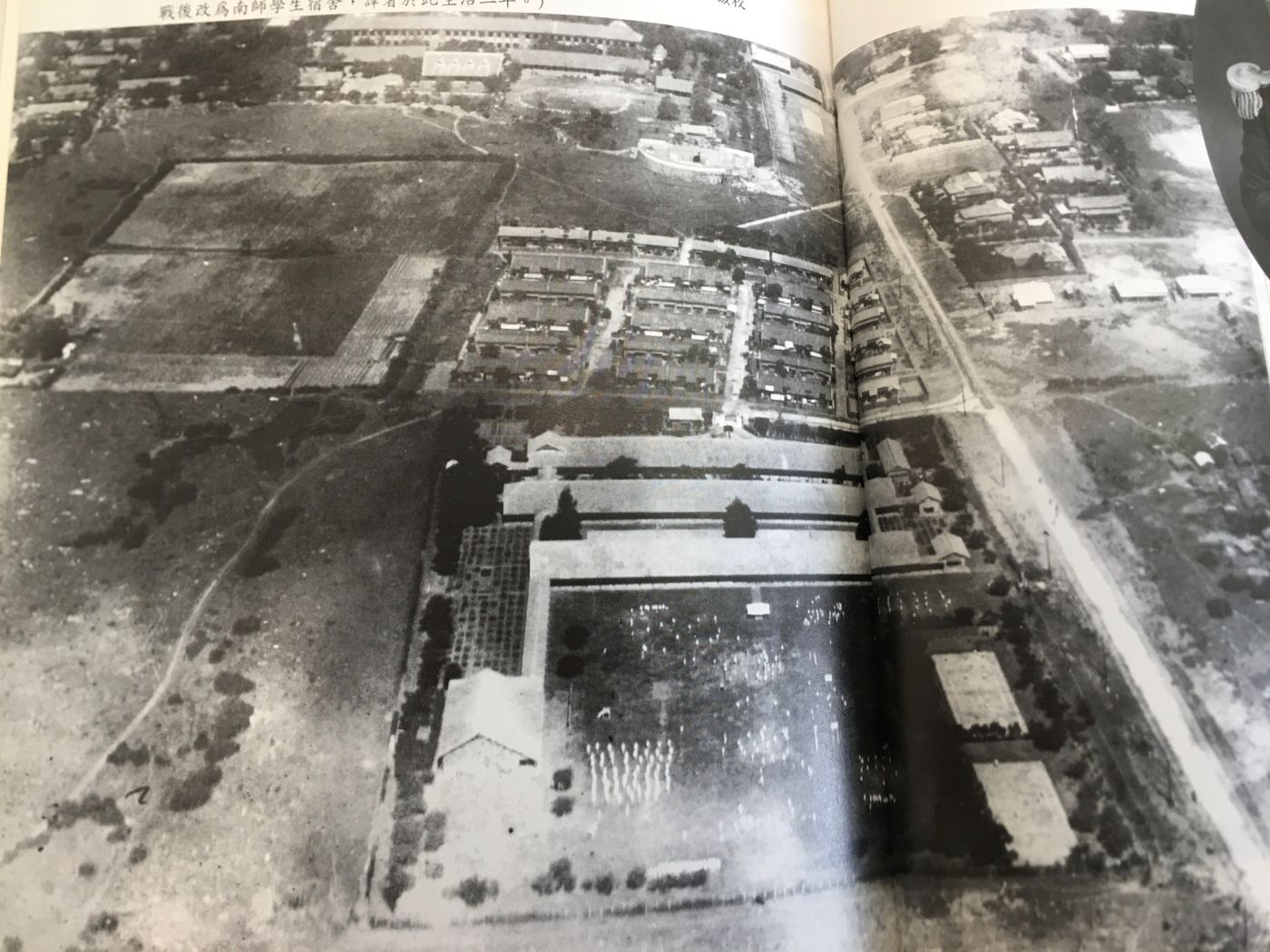
In this photo from the Japanese era, you can see that the north side of Er Gao Nu (now Zhongshan Guozhong) is a neat official residence, and further north is the relic of the South Gate of the Qing Dynasty.
Walking and walking, from the period of white terror back to Tainan in the 1940s, when the war was not over, there was a sentimental young Japanese literary youth named Koichi Aragaki, who was working as a teacher for a second high school girl. There are many literary works with Tainan as the background in [Literary Taiwan].
"On the second floor of the clod-built mansion in the back street,
Sad Cuicui, my Cuicui still lives quietly today
Looking at the sunset sky through the window
Silently drinking medicinal soup to recuperate
I gently read the Bible to Tracy
She just stared at me with big round eyes and nodded
From her pale cheeks to the reddish capillaries in the white of her neck
Under that thin skin flows her life
Cuicui's mother's cold eyes no longer make me sad
I stroked her hair
Cuicui, look at the sea at sunset
point out the window
The sky of Anping Port in the distance outside the window is a dazzling red light
She closed her eyes quietly and whispered
please always touch my hair like this
Drifting through the streets of yellow dust Drifting through the alleys of cold wind The scattered phoenix flowers
Standing at the intersection in front of Baomei Building, swaying in the wind
Listen to the song as if Tsui Cui floats in the sunset
The beautiful sound of Xianzi is intertwined
Ah! The life that is about to disappear
I don't know when I have hated Cuicui's mother
walk through alleys
I can't cry, I stumble
Beating the cold earth wall
Walking while sighing. " ---1940 <<Art Taiwan>>Volume 1, No. 5
Walking and walking, from the seminary next to Xinlou Medical Park, following Xinyuan's poems, to Baomei Building. Now the font of Baomeilou can be seen again on the exterior of the building. Baomei Building was built by a Fuzhou owner in 1915. It was originally a restaurant. From the windows and the door, bursts of the aroma of vegetables, wine, cups and dishes, and the sound of chatting and laughter wafted out. Is it possible that there used to be the singing voice of the heroine in the poem? Now in 2021, Baomeilou has turned into a fashionable cafe.
Cuicui, who lives on the second floor of the mansion, looks out from the window on the second floor of the red brick, and can see the sea surface of Anping Port, which is reflected in the red light of the setting sun. Looking out from that window, you can see the roofs of many bungalows! Does the cold wind have the smell of sea water? The falling phoenix flowers, the alley where Cui Cui lives, is the Dazhengtong (now Zhongshan) planted with phoenix trees on both sides Road) nearby?
Today the phoenix tree is gone. On the second floor of the red building, the young life that died early is gone. The tree where Guo Zhenchun buried his lover's hair fell down in the typhoon. This city bears a lot of history and a lot of sad stories. Is it because of this that the sunset in Tainan is particularly beautiful, shining on the road, shining on the low red wall, and shining on the corners that seem to be forgotten, all of which are playing moving film, quietly narrated.
Like my work? Don't forget to support and clap, let me know that you are with me on the road of creation. Keep this enthusiasm together!
